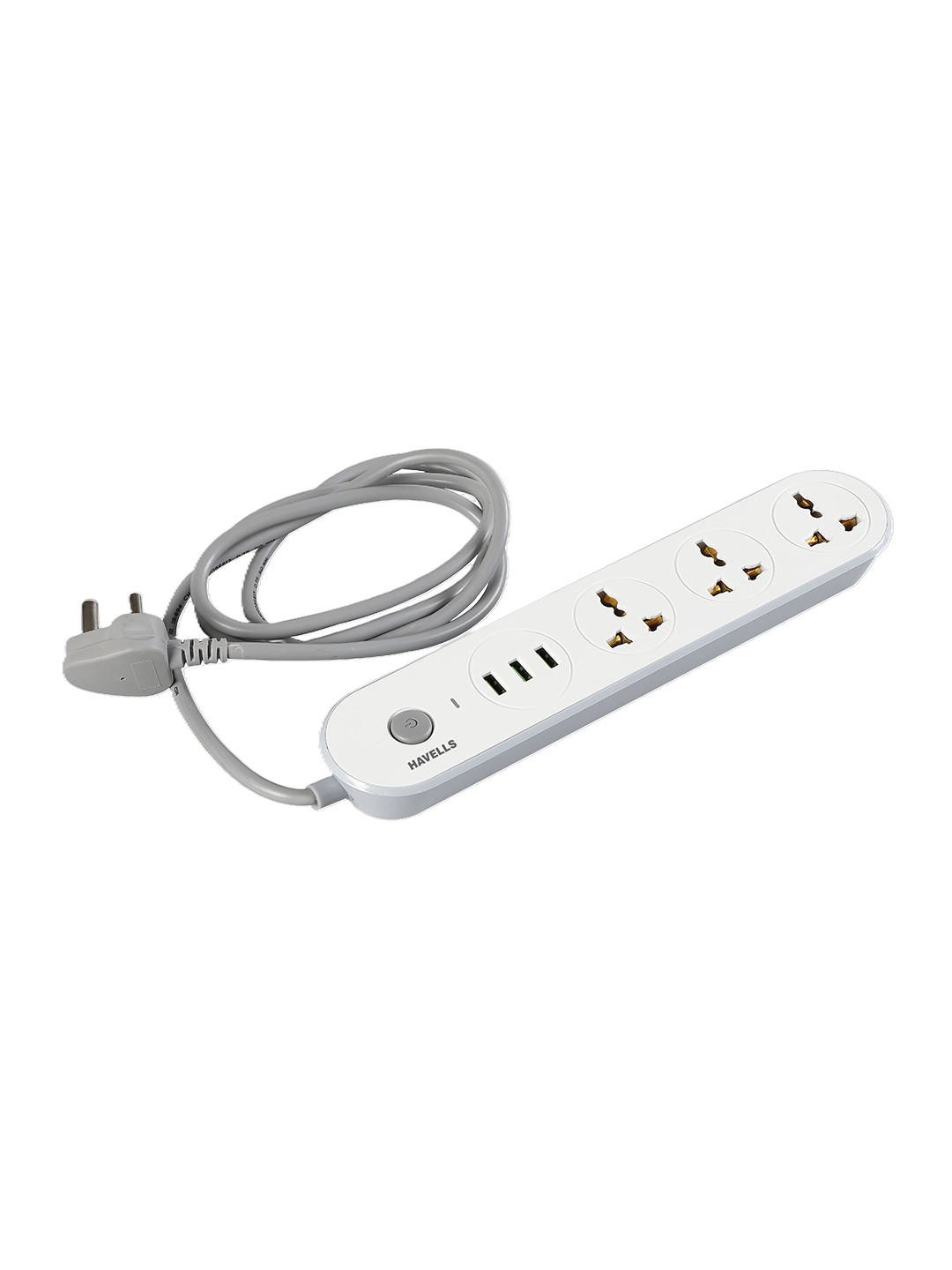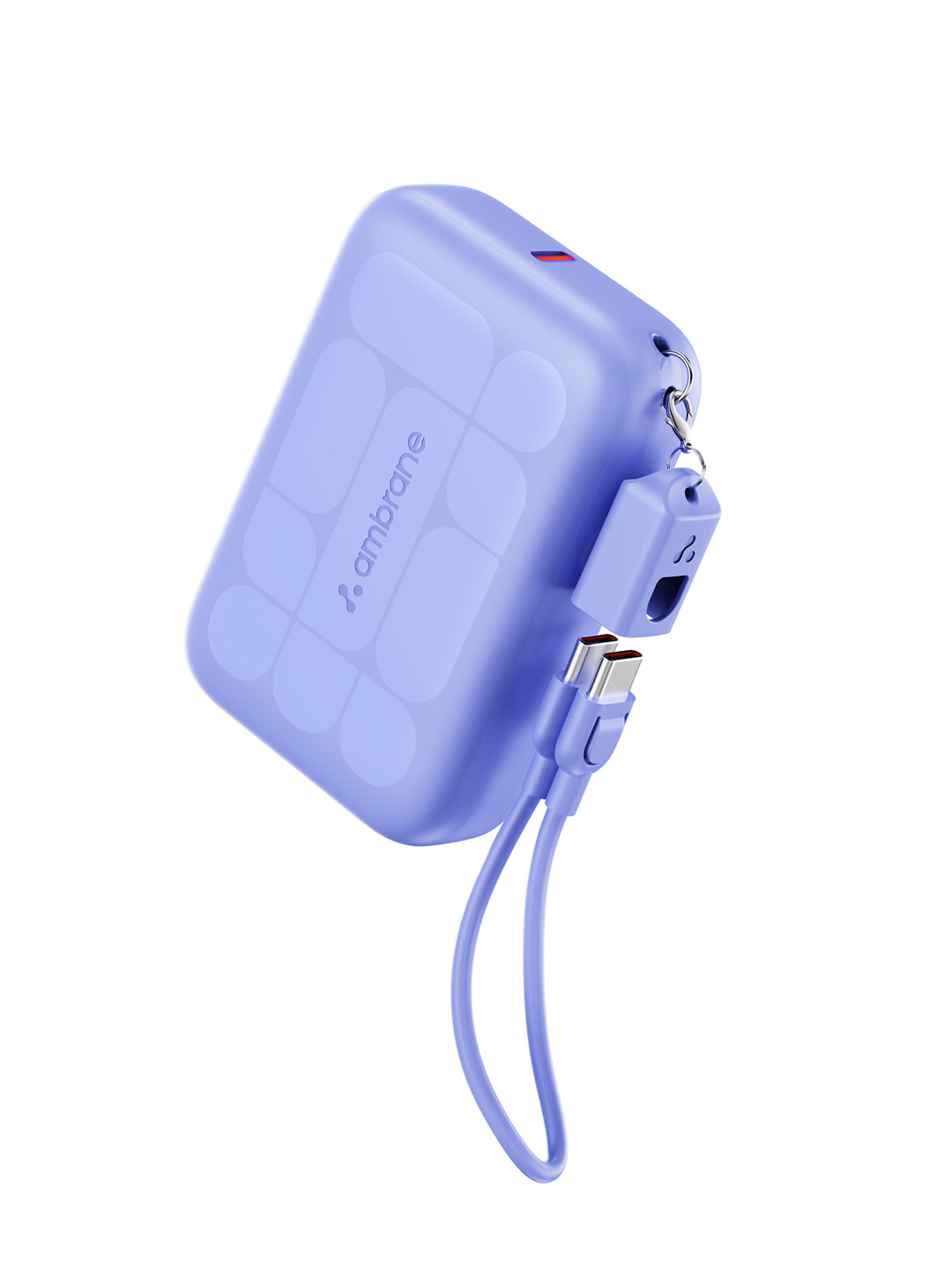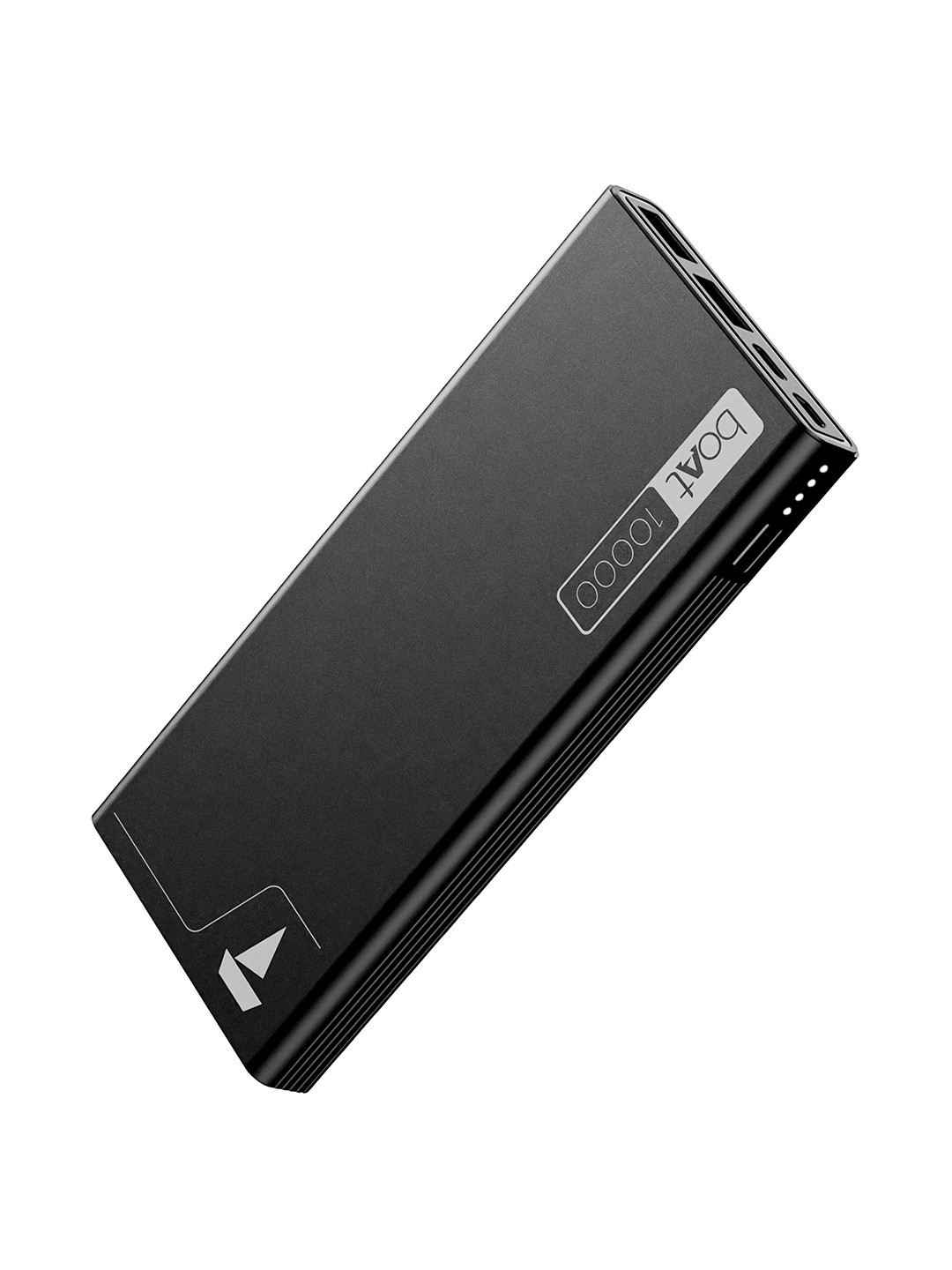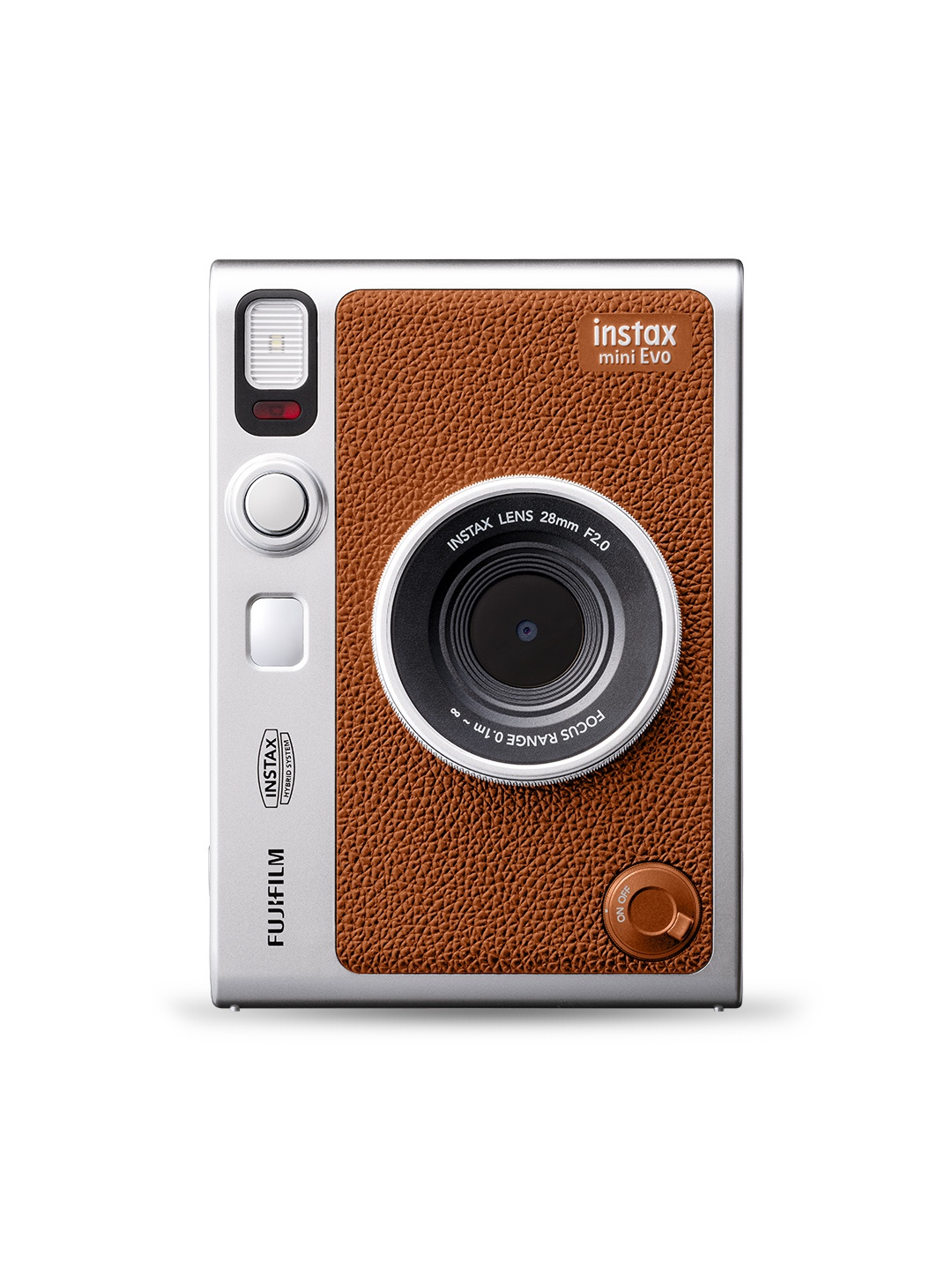How To Choose A Laptop Display With Perfect Colour Accuracy For Creative Professionals
So, how do you choose a laptop display that does justice to your craft? Here are 10 key points that will help cut through the confusion and guide you to a screen that feels like an honest canvas.

Colour-Accurate Laptop Buying Guide: Top 10 Tips for Creative Professionals.
Ask any designer or photographer about their tools, and you'll hear tales of software, pen tablets, or camera lenses. But the one element that often decides the fate of their work is the laptop display. It's the window to their imagination. Yet, walk into an electronics store and you'll find yourself drowning in a sea of marketing jargon, 4K, OLED, DCI-P3, sRGB, HDR, each promising the moon. For a creative professional, it's not just about having the brightest or sharpest display; it's about accuracy, consistency, and comfort. Imagine spending hours editing a fashion campaign on your laptop, only to see the printed catalogue come out with skin tones that look nothing like what you approved.
Cut through confusion by following 10 key points that guide you to a laptop display worthy of creative work - a true digital canvas.

Colour-Accurate Laptop Buying Guide: Top Tips For Creative Professionals; Photo Credit: Pexels
What To Look For In A Colour-Accurate Laptop Display
1. Understand Colour Accuracy First
Colour accuracy isn't just about vibrancy. It's about how faithfully your screen reproduces the colours from the original file. For example, if you've designed a poster where the shade of red is exactly #E63946, you want the laptop display to show precisely that, without leaning towards orange or pink. Professionals often rely on calibration tools like the X-Rite i1Display to check this.
When choosing a laptop, look for displays that come factory-calibrated or at least have certification from trusted standards like Pantone Validated. Some laptops boast “100% sRGB” coverage, which is a great start for web-based work. But if you're dealing with print media, video production, or brand design, go for displays supporting wider gamuts like AdobeRGB or DCI-P3. Remember, true colour accuracy saves hours of rework and keeps clients happy.
2. Prioritise the Right Colour Gamut
Think of a colour gamut as a box of crayons. The bigger the box, the more shades you have to play with. Displays that support only sRGB are like a 24-crayon box, decent for basic use but limited when you want richer tones. Step up to AdobeRGB or DCI-P3, and suddenly you're holding a 64-crayon or 96-crayon set.
If your work leans towards video, aim for DCI-P3 coverage since it's the standard for cinema and OTT platforms. For print-heavy projects, AdobeRGB is your best friend. Many laptop makers now list gamut percentages, like “95% DCI-P3.” Treat these numbers seriously; the closer to 100%, the more reliable the colours. And yes, wide gamut displays are pricier, but think of it as an investment that will save you sleepless nights and arguments with printers.
3. IPS vs OLED – Which Suits You?
The IPS versus OLED debate is one that sparks endless conversations among creative circles. IPS panels are like that dependable old friend, consistent, affordable, and balanced. They deliver stable colours even when viewed from different angles, which is why many editing professionals swear by them.
OLED panels, on the other hand, are the dazzling show-offs, inky blacks, stunning contrast, and colours that pop like Holi powders in the air. For video editors, OLED's deep blacks are a blessing. But here's the catch: OLED screens can sometimes oversaturate colours, and long editing hours on such displays might trick your eyes into thinking the output is more vibrant than it really is. Also, OLED panels are prone to burn-in with static elements like editing software toolbars.
If you're a photographer or designer who wants neutrality and reliability, IPS is safer. If you're a filmmaker chasing drama in every pixel, OLED is irresistible, just tread carefully.
4. Resolution Matters, But Don't Go Overboard
4K screens sound fancy, but do you really need them? For graphic design and photo editing, higher resolutions do help in spotting tiny details. But they also drain the battery faster and push up laptop prices significantly.
For most creative professionals, a 2K (2560x1440) or 3K display strikes the perfect balance. It's crisp enough for editing without straining your eyes, yet not so power-hungry that you're constantly searching for a charging point at coffee shops. If video editing is your bread and butter, a 4K screen may be worth it, especially if your projects are destined for OTT platforms where ultra-HD has become standard.
However, don't let resolution overshadow colour accuracy. A sharp but inaccurate display is like a beautifully shot film ruined by poor dubbing; it just doesn't work.
Also Read: Laptop Overheating Solutions: 10 Low-Cost Cooling Pads That Deliver Results
5. Brightness and HDR Support
Brightness plays a bigger role than most people think. A screen with 250 nits may look fine indoors, but step into a well-lit studio or a café with big windows, and the glare will wash everything out. For serious creative work, aim for at least 400 nits. It ensures your screen is visible in most environments without pushing your eyes into overdrive.
HDR (High Dynamic Range) support adds another layer of finesse. It boosts contrast and colour depth, making footage look more lifelike. Video editors and photographers working with HDR content benefit immensely here. However, HDR is only useful when paired with proper brightness levels, don't get fooled by laptops boasting HDR at just 300 nits. It's like advertising a luxury car that only runs on narrow lanes.
6. Calibrate, Don't Just Trust
Even the best laptop display can lose accuracy over time. That's why calibration isn't optional, it's essential. Calibration ensures that what you see on screen matches the final output on print, web, or video.
Thankfully, calibration isn't rocket science anymore. Affordable tools like Datacolor SpyderX can handle it in under 10 minutes. Some laptops also come with built-in calibration features, making the job easier. Regular calibration, say once every month or two, keeps your screen honest and prevents surprises when a client says, “That logo looked greener on my printout.”
Think of calibration as servicing your bike, it might feel unnecessary at first, but it saves you from breakdowns at the worst times.
7. Size Does Matter
A cramped 13-inch screen may be sleek and portable, but editing a feature film on it feels like reading subtitles through a keyhole. Larger screens, 15-inch or 16-inch, provide breathing room for timelines, toolbars, and side panels. For multitaskers who juggle Illustrator, Photoshop, and reference windows simultaneously, a spacious display can save precious time.
That said, bigger isn't always better. Hauling a 17-inch laptop through metro stations isn't fun. Strike a balance based on your workflow. If mobility is a priority, a 14-inch with 2K resolution might be just right. If you mostly work from a studio, a 16-inch 4K screen is worth the extra weight.
8. Anti-Glare vs Glossy Screens
Glossy screens can look stunning under store lights, with deep contrasts and sharp reflections. But bring them home, and you'll find yourself battling with every ceiling light and window reflection. Anti-glare displays, while less flashy, are far more practical for long editing sessions. They reduce reflections, allowing your eyes to stay focused on the work rather than adjusting to distractions.
Many high-end laptops now offer matte coatings or low-reflection finishes. If you frequently work in cafés, studios, or shared workspaces, anti-glare is the smarter choice. Glossy screens, though tempting, often make you feel like you're editing inside a mirror showroom.
9. Battery Life vs Display Quality
Here's the eternal tug-of-war, beautiful displays drain batteries. A 4K OLED panel is power-hungry, and even the most efficient laptops struggle to last beyond five to six hours with heavy use. If you're constantly on the move, lugging a charger everywhere can get frustrating.
The trick is to weigh your needs. A 2K IPS screen with decent brightness may give you eight to nine hours of editing, perfect for people who hop between client meetings and cafés. On the flip side, if you mainly work plugged in at a studio, it makes sense to splurge on that power-hungry OLED. Choose wisely, because nothing kills creativity faster than a “low battery” notification in the middle of an inspired session.
10. Budget and Long-Term Value
A colour-accurate display is an investment, not an indulgence. Yes, laptops with AdobeRGB or OLED panels can easily cross ₹1,20,000 or more, but consider the long-term value. The hours you save on corrections, the confidence in delivering polished work, and the trust you earn from clients often outweigh the upfront cost.
If the budget is tight, prioritise a laptop with excellent sRGB coverage, decent brightness, and room for external monitor support. Many professionals use their laptops on the go but plug into a calibrated external monitor at the studio. This hybrid approach keeps costs manageable while ensuring top-quality output when it matters most.

Colour-Accurate Laptop Buying Guide: Top Tips For Creative Professionals; Photo Credit: Pexels
Products Related To This Article
1. ASUS TUF A15 (2025), AMD Ryzen 7 7445HS, Gaming Laptop
2. HP 15,Intel Ultra 5 125H (16GB DDR5, 1TB SSD) FHD
3. Acer SmartChoice ALG, 13th Gen Intel Core i5-13420H
4. HP Victus, AMD Ryzen 9-8945HS, 8GB RTX 4060
5. Apple 2025 MacBook Air (13-inch, Apple M4 chip with 10-core CPU and 8-core GPU
Choosing a laptop display isn't about chasing the fanciest buzzwords; it's about understanding your craft and matching it with the right tool. A screen that's faithful to colours, comfortable for long hours, and adaptable to your workflow becomes more than just hardware; it becomes an extension of your creativity.
So, before splurging on the next flashy laptop ad you see online, pause and ask: does this display tell the truth? Because in creative work, truth in colour is what separates good from unforgettable. Shop now on Amazon.
Disclaimer: The images used in this article are for illustration purpose only. They may not be an exact representation of the products, categories and brands listed in this article.

























